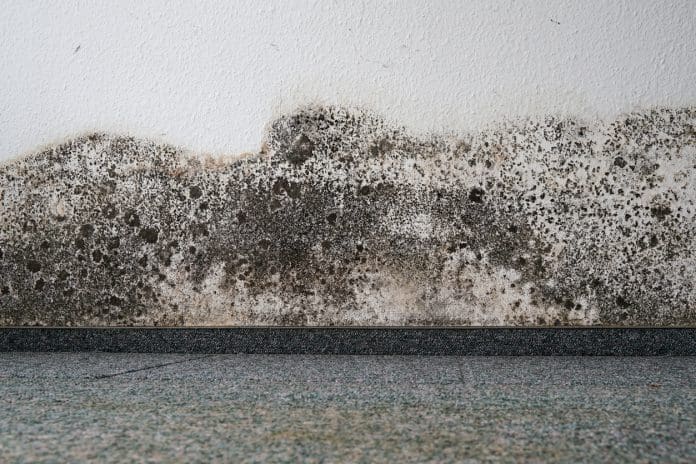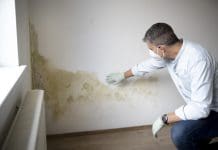
Sarah Garry, chief executive of the Property Care Association, explains the background to the Renters’ Rights Bill and explores how new moisture management technology could help provide a solution to manage the situation in line with the new requirements
The second reading of the Renters’ Rights Bill took place in the House of Commons on 9 October.
This new bill features a raft of measures, including extending Awaab’s Law to privately rented homes, meaning that there will be new requirements set requiring private rented sector landlords to address hazards, such as damp and mould, within a specified time period.
If landlords do not comply, tenants will be able to bring enforcement action against them through the courts.
By applying Awaab’s Law to the sector, we will see clear legal expectations set about the timeframes within which landlords in the private rented sector must take action to make homes safe. Where there are serious hazards, landlords will be required to follow strict timescales to inspect and repair hazards including damp and mould.
Bringing moisture management technology to the fore
The introduction of the new bill comes as the PCA launches its own response to managing damp and mould in homes, with the development of a new system that monitors moisture in properties to help identify root causes and propose solutions.
Provided in the UK via PCA’s specialist company Maple Diagnostics, the pioneering technology identifies the root causes of damp and mould – and could be the key to resolving moisture issues in rented properties.
The sensor system can be used across the residential, commercial and industrial sectors to identify the causes of condensation, damp and mould, and could prove transformational when it comes to mould investigations works.
As a system that is based on data and evidence, it allows surveyors to provide an unbiased, evidence-based report to tenants and landlords.
Having access to such data will identify the root cause of damp and mould issues, we believe, will help resolve disputes and focus on any corrective actions required, saving both time and money.
An extensive project
The system was showcased at PCA’s Property Care Conference held at Telford International Centre in September and is the result of a three-year research project by the PCA with the University College London Institute for Environmental Design & Engineering (UCL IEDE).
It works by placing measurement devices including environmental sensors into different types of dwellings to measure conditions, such as temperature and relative humidity.
Working with bespoke software, results are calculated that show why an individual home’s moisture levels are out of balance. After uploading the data to Maple’s website, a report is generated that prescribes appropriate solutions to address the issue.
Backed by research
There’s a real demand for this type of solution and the PCA’s membership has supported its development both financially and by enabling the research team to tap into its expertise to create this new moisture management technique.
In recent years, the PCA has reported a surge in the levels of excess atmospheric moisture in properties across the UK, with many of our 400 members encountering higher levels of humidity and wetness in homes than ever before.
The research project with UCL was launched to look into this changing environment in UK homes and studied in detail the condition of more than 60 properties nationwide, covering moisture production and analysis to ensure accurate results.
It has been tested and validated by monitoring numerous private and social properties in what we believe was one of the largest, most practical and challenging environmental monitoring projects of its type undertaken in UK homes.
The data we received has helped us to build a picture of the issues surrounding excess atmospheric moisture across a mixed portfolio including flats, bungalows, terraced and detached houses in different regions to cover a representative mix of property types.
With the technology in place, property owners and managers can now better identify and quantify moisture problems, and evaluate effective, targeted ways to address any issues.
It’s an exciting project and the end solution will have a transformational impact on the condition of homes worldwide, ensuring healthier environments and finding better solutions from the consequences of excessive indoors moisture levels.











![[VIDEO]Government launches new online appeal service for local planning authorities Group of young coworkers using computers in their group office, representing the new online appeals service](https://www.pbctoday.co.uk/news/wp-content/uploads/2025/12/iStock-2191280160-218x150.jpg)

